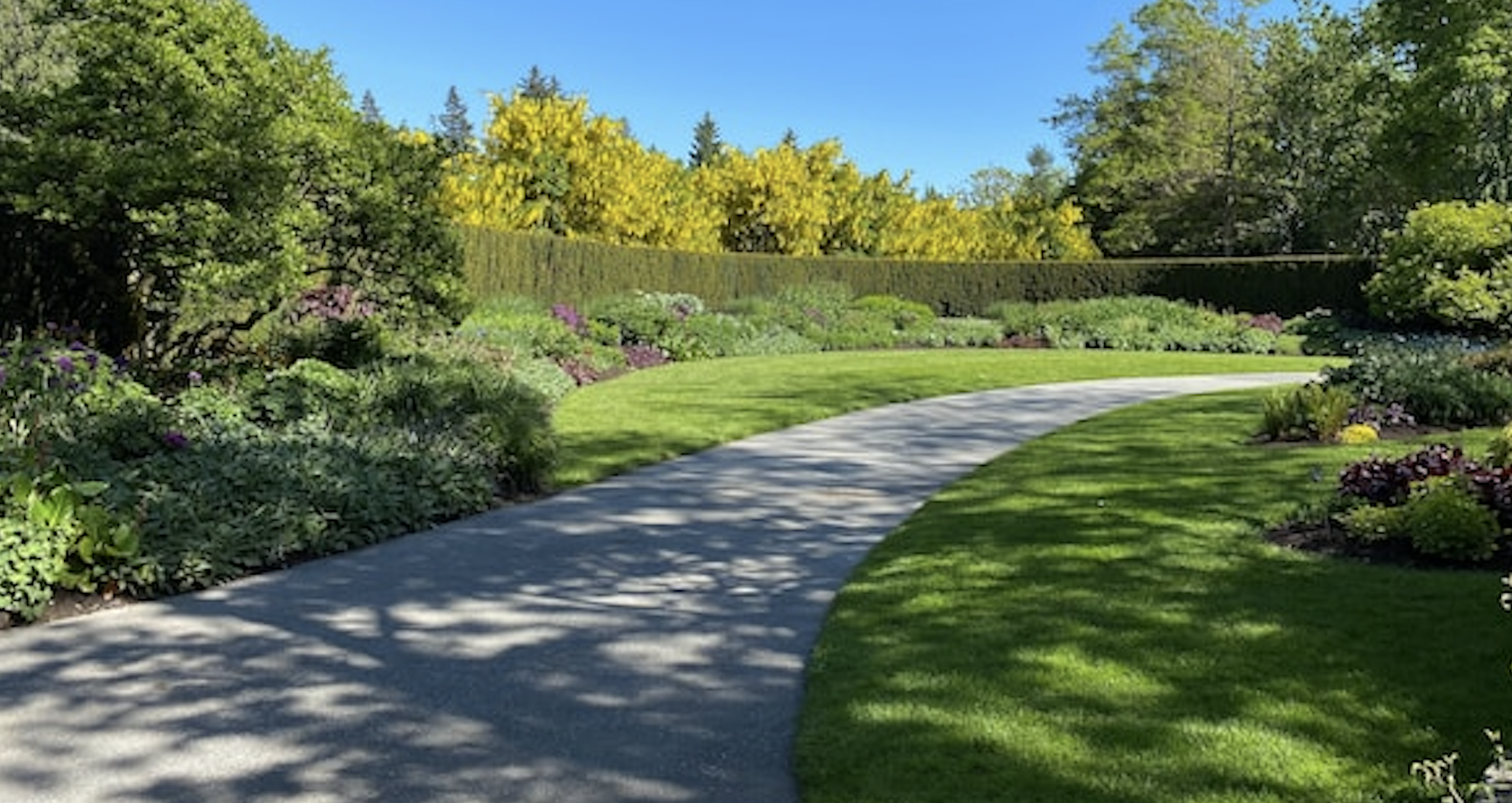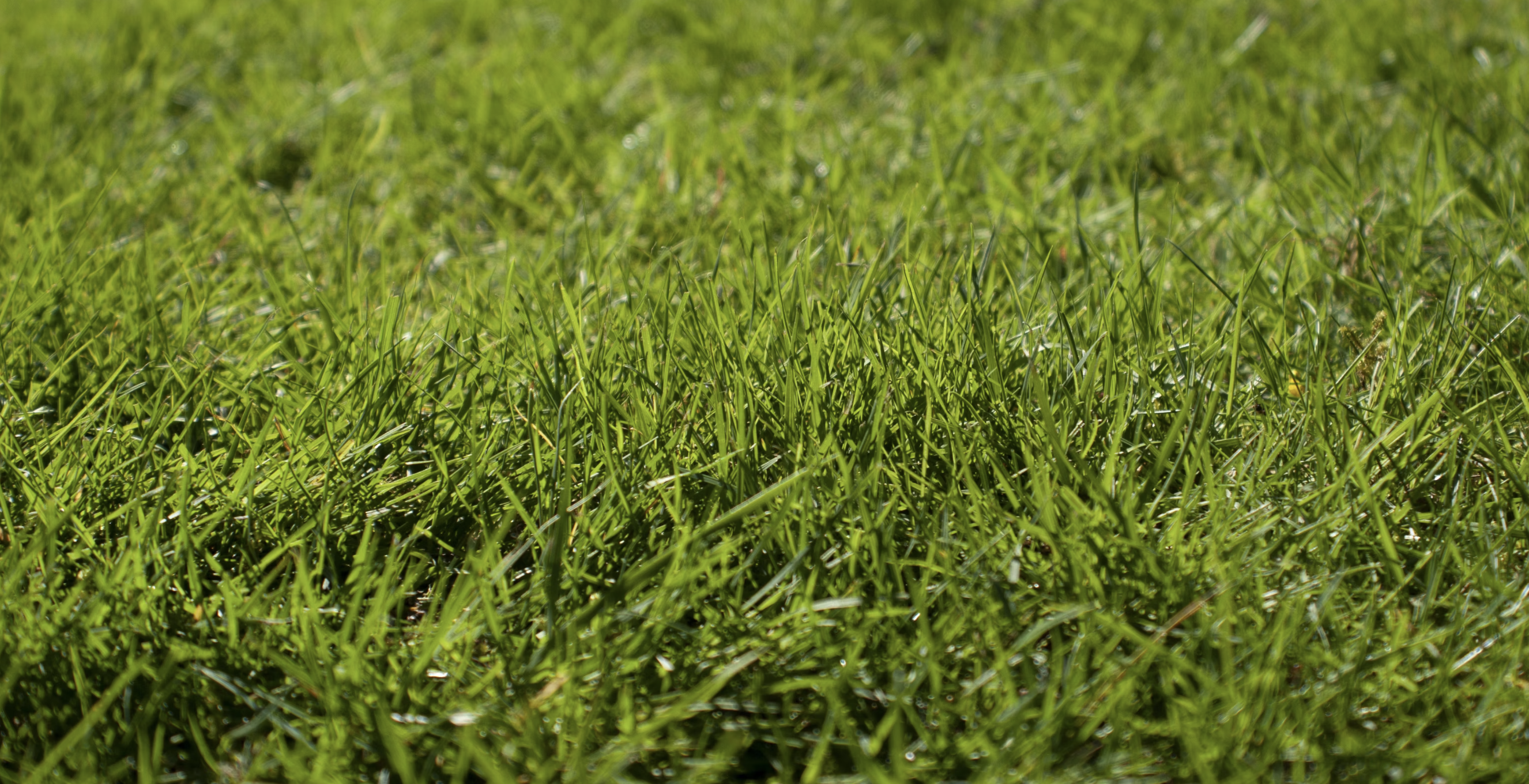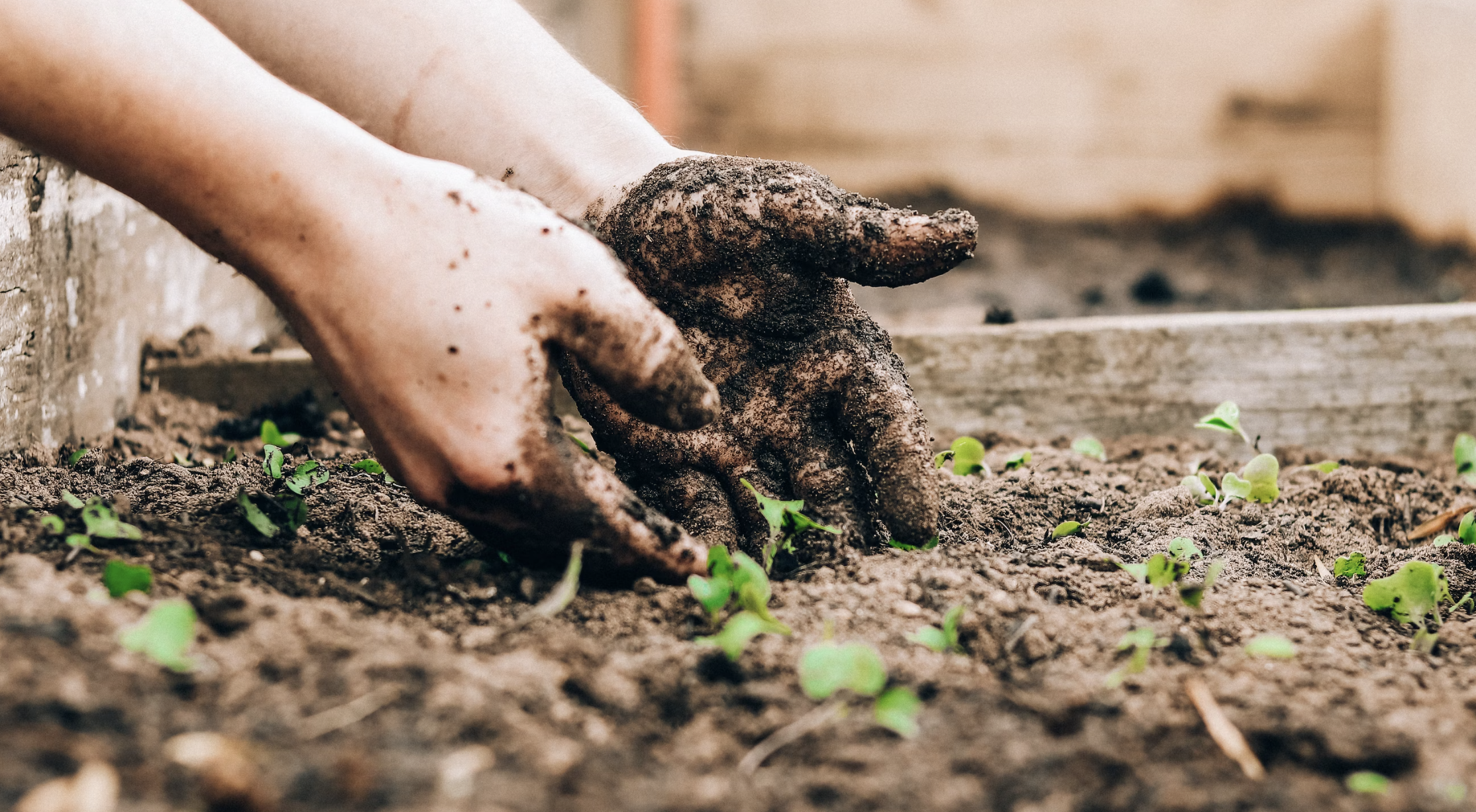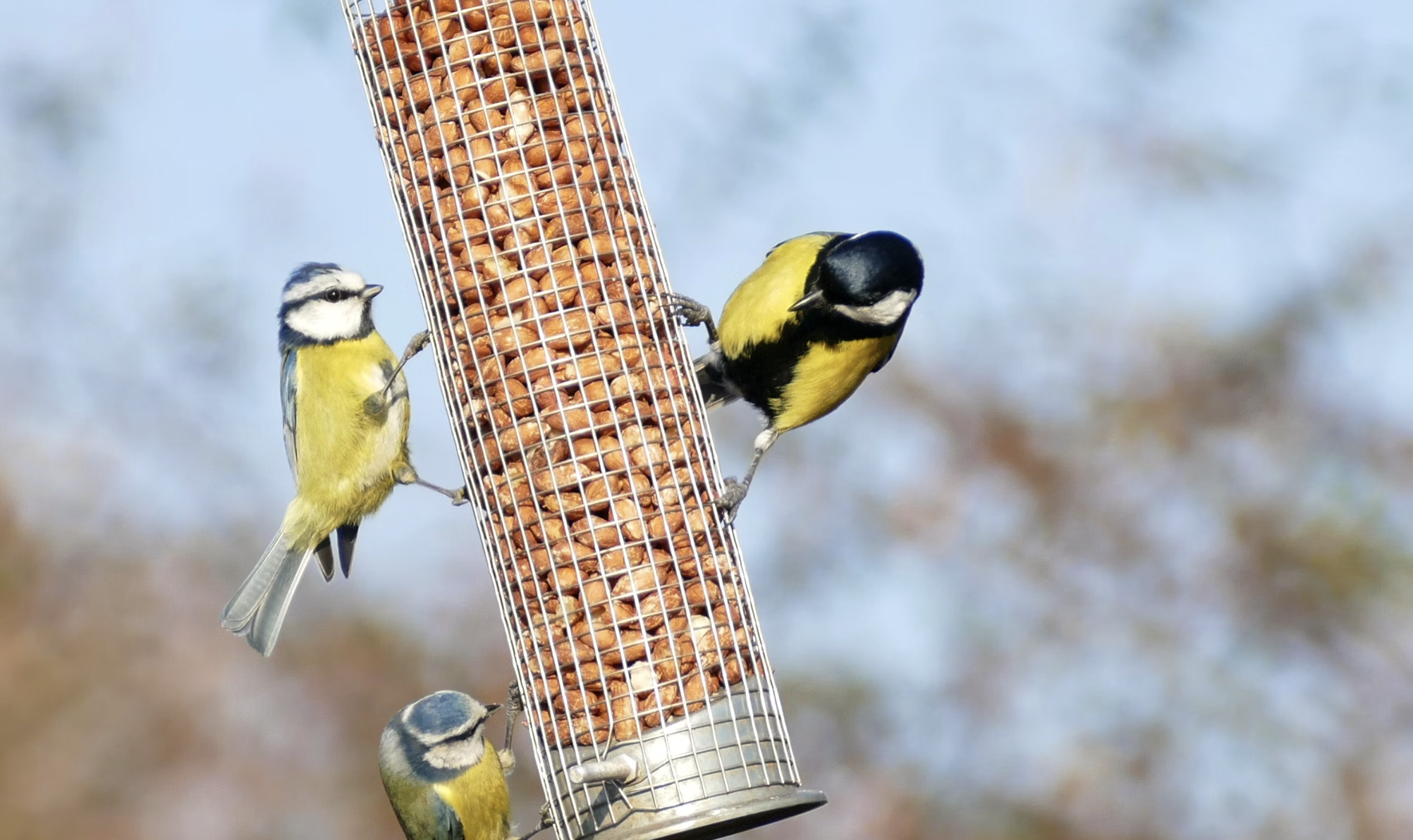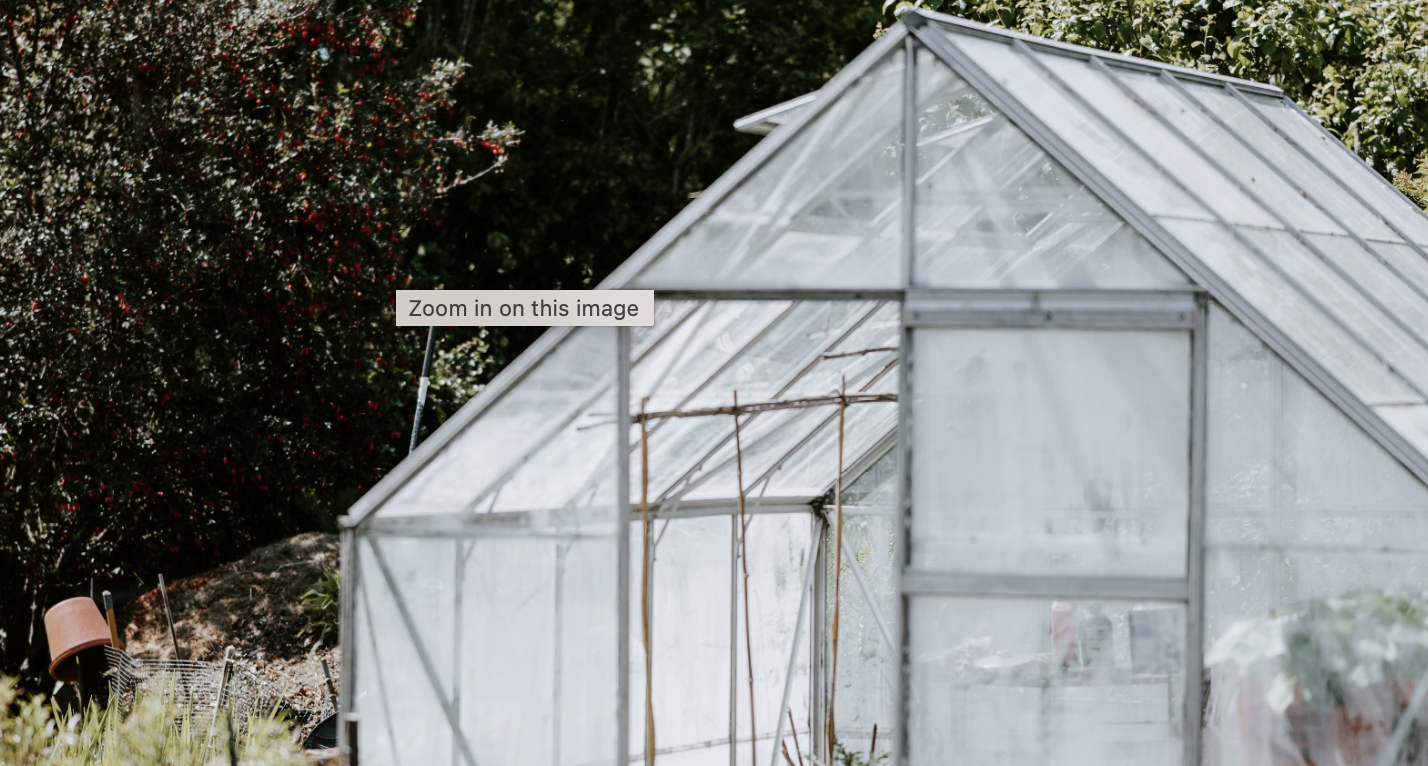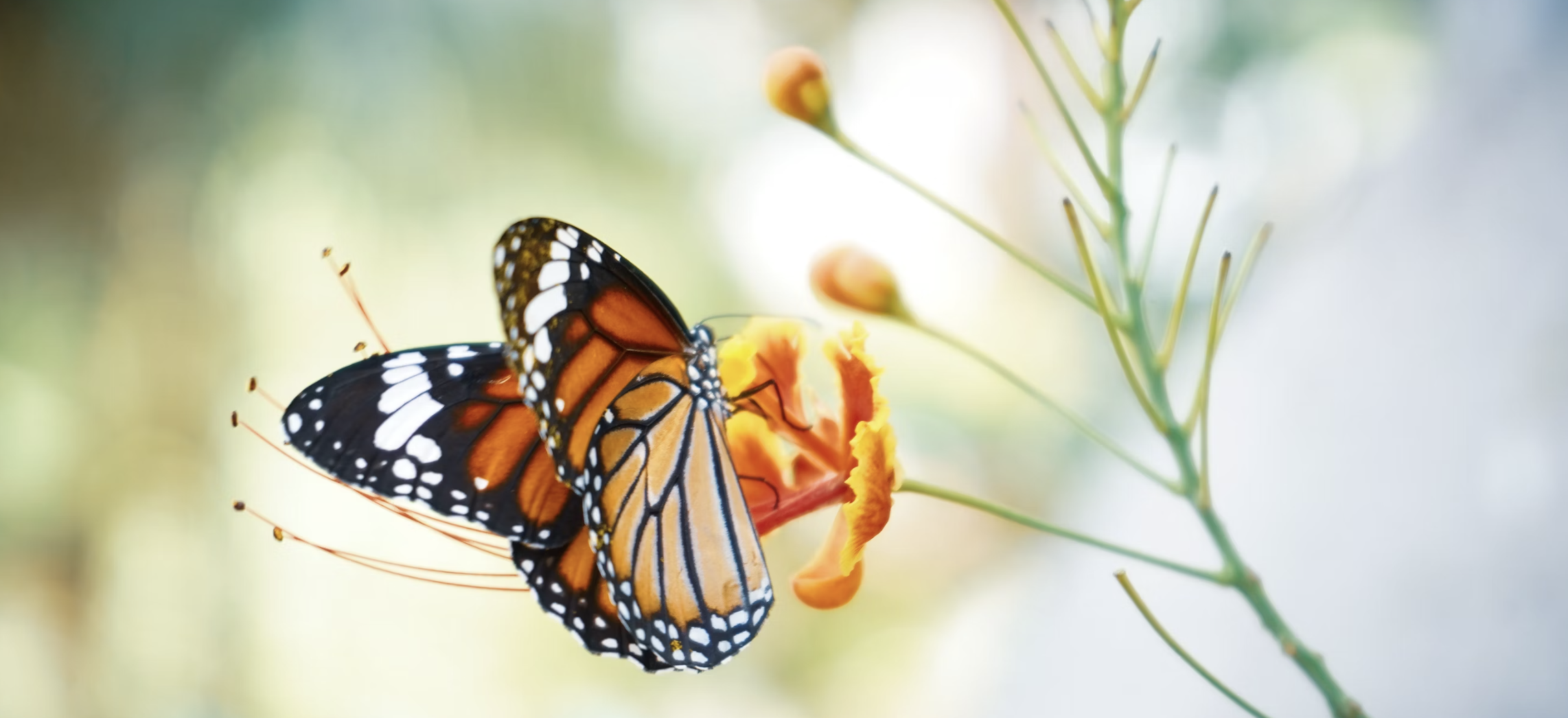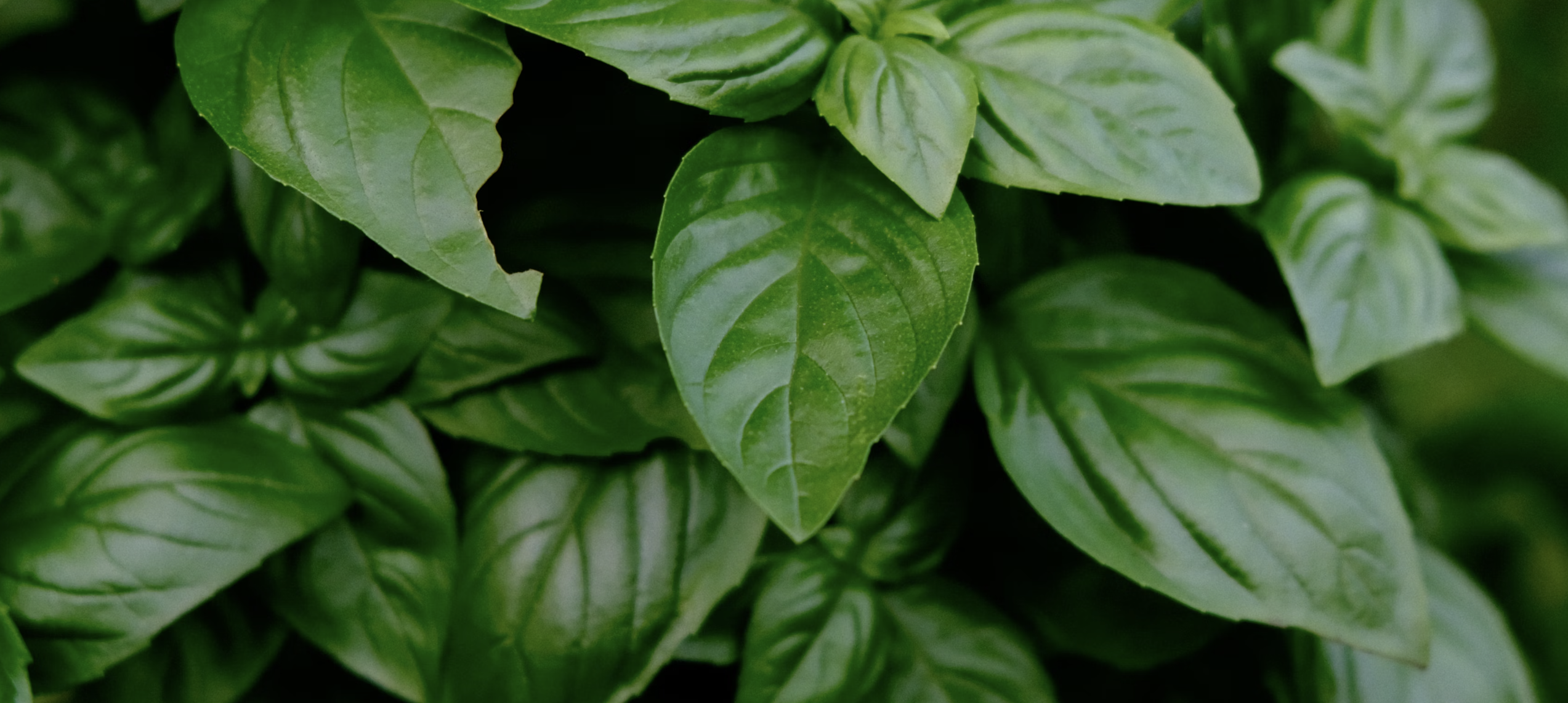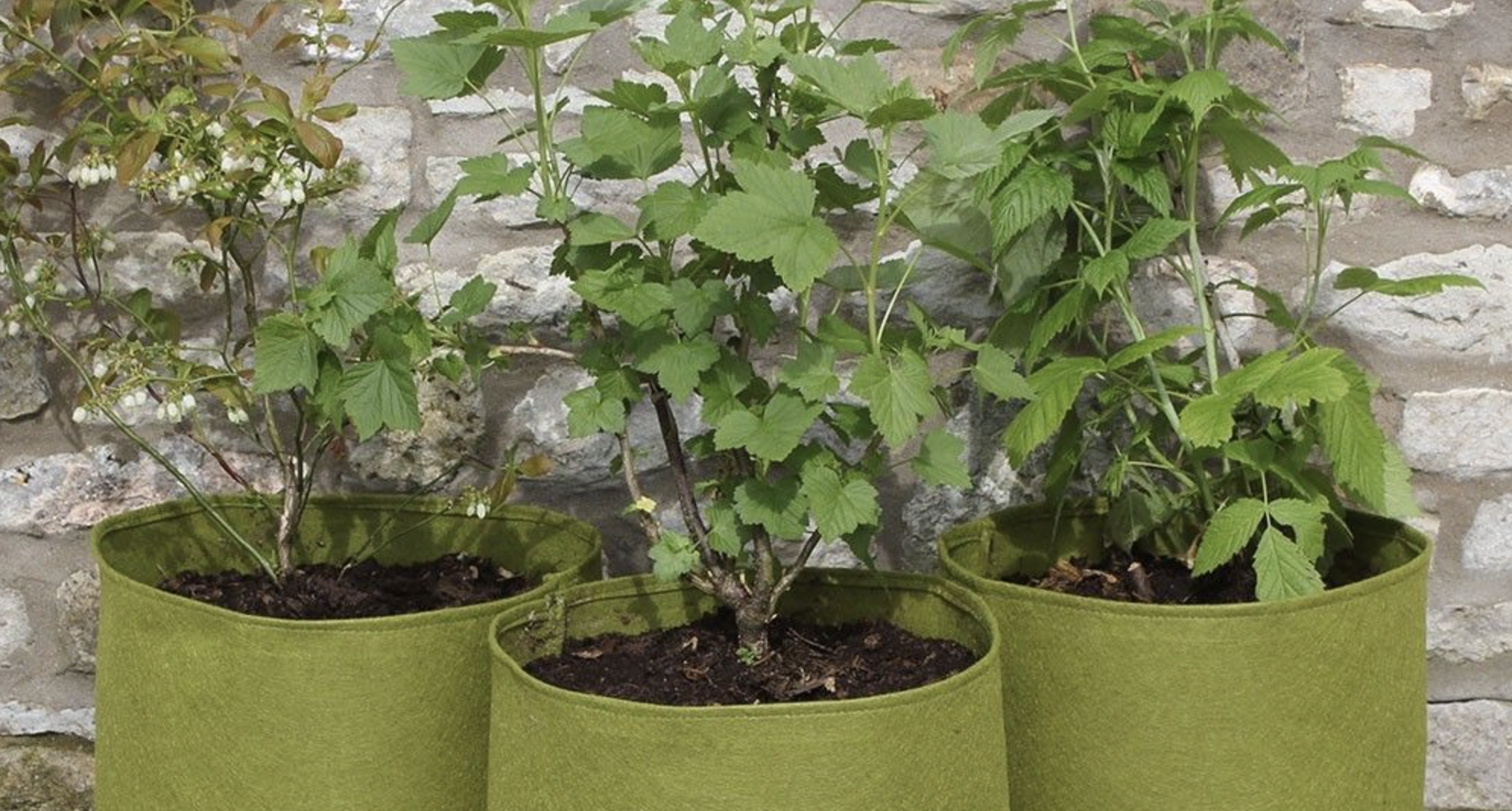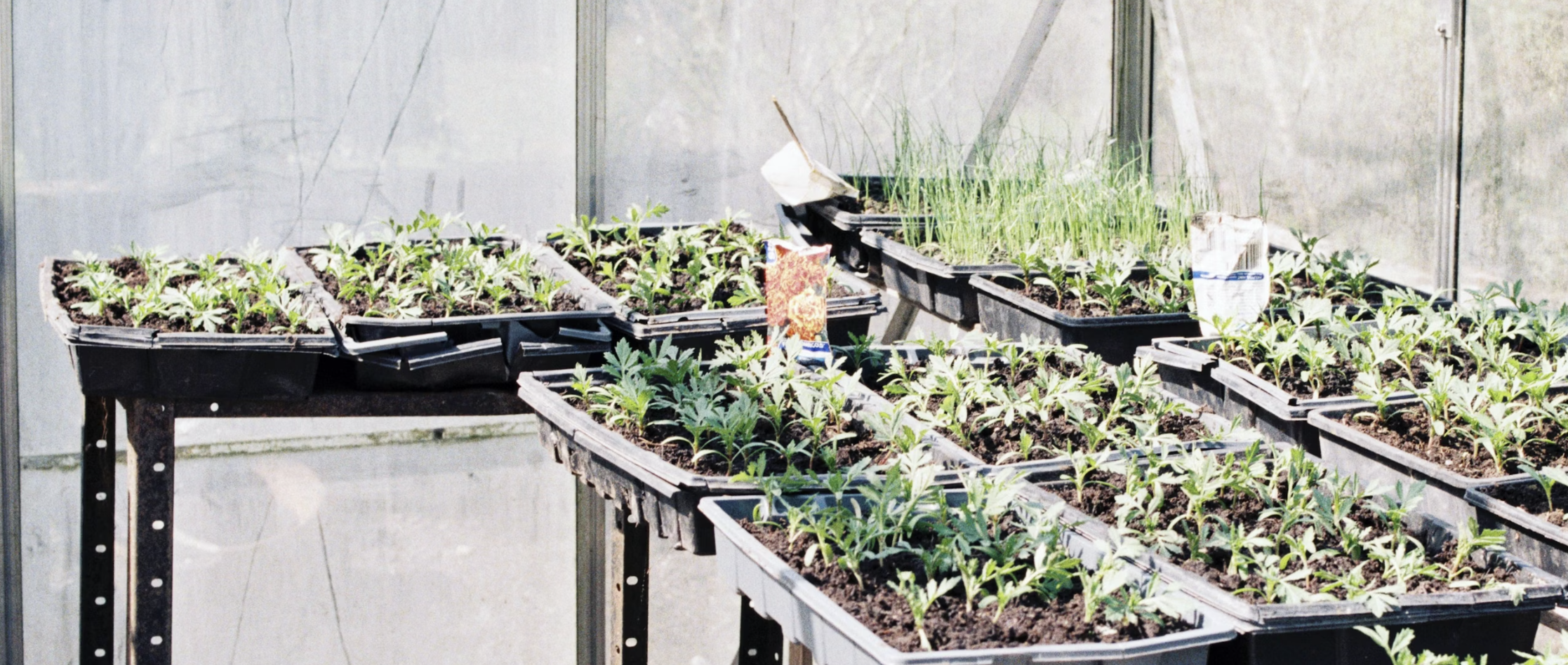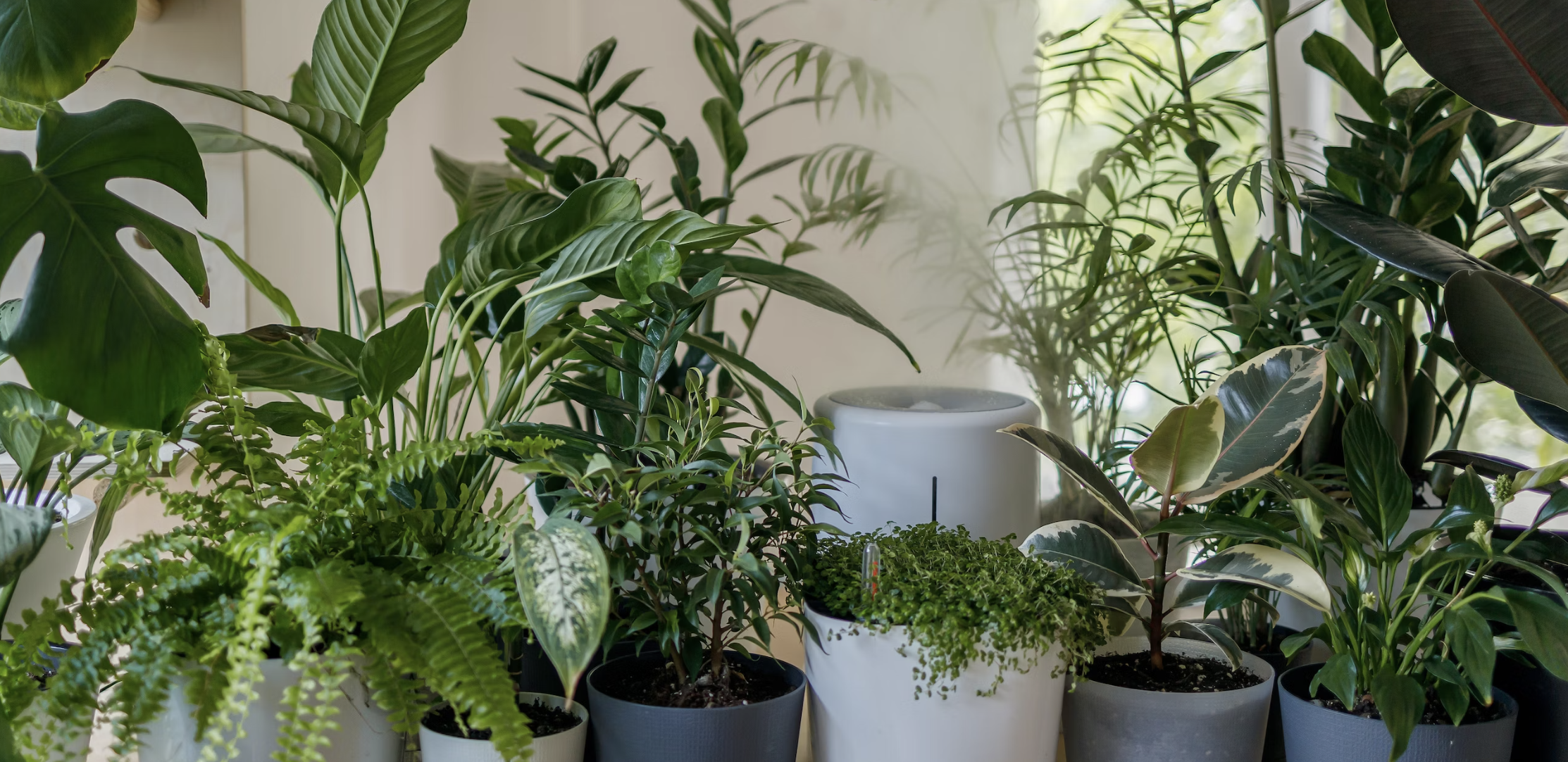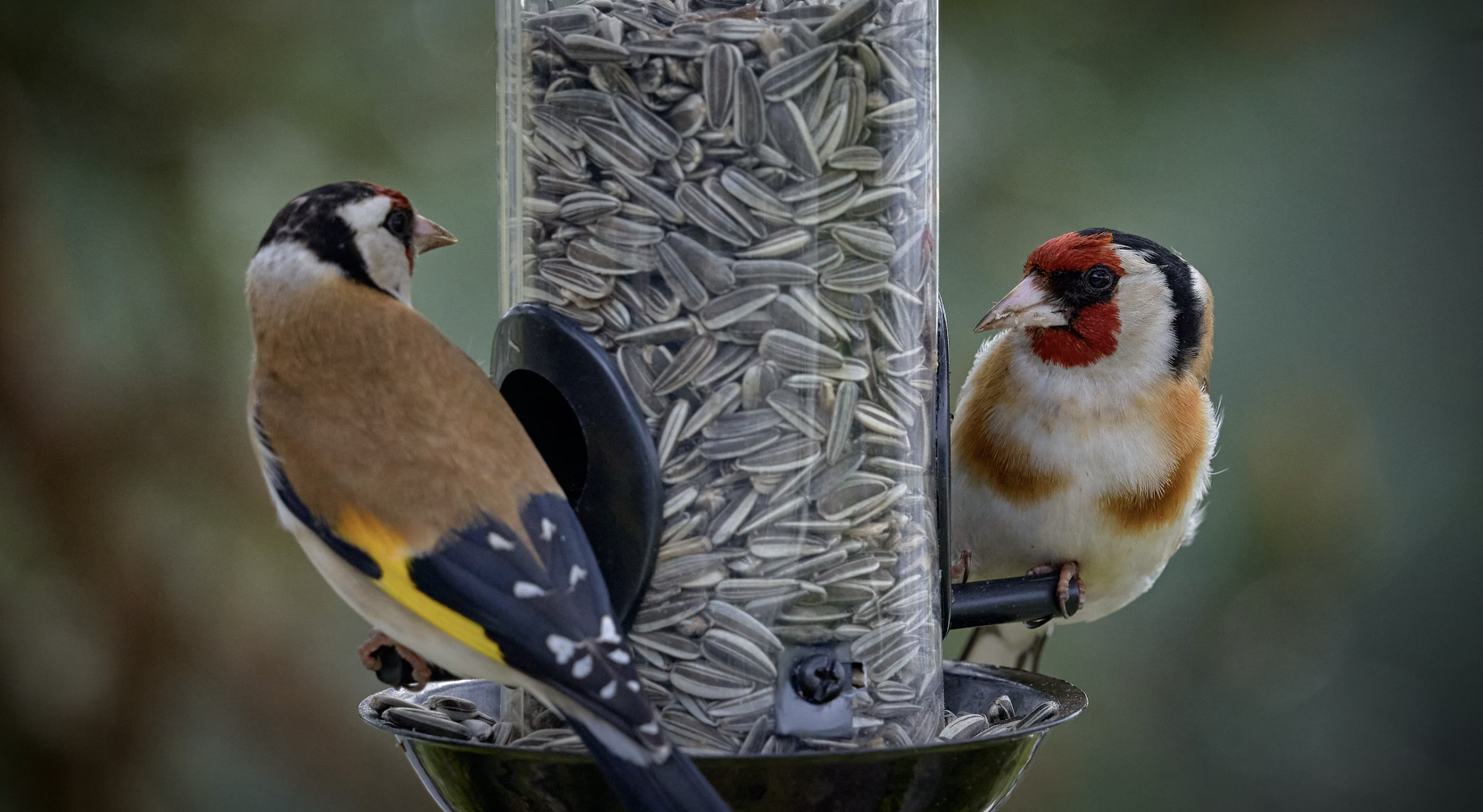
Transform your garden into a haven for feathered friends with a bird feeder. Not only will it add a touch of beauty to your outdoor space, but it will also provide a safe and reliable source of food for various bird species. Whether you are an avid bird watcher or simply enjoy the soothing sounds of chirping birds, a bird feeder is a must-have addition to enhance your garden.
With a wide variety of bird feeders available in the market, you can choose one that suits your garden's style and attracts the specific birds you wish to see. From traditional hanging feeders to ground feeders and window-mounted options, there's a feeder for every space and preference. Furthermore, adding a bird feeder to your garden can contribute to the overall health of your ecosystem by encouraging pollination and natural pest control.
Take your garden to the next level by inviting the beauty of birds into your outdoor space. Install a bird feeder today and enjoy the delightful sights and sounds it brings to your garden.
The benefits of bird feeders for your garden ecosystem
Bird feeders offer numerous benefits that can greatly enhance your garden. Firstly, they attract a wide variety of bird species, providing you with the opportunity to observe and appreciate their beauty up close. The presence of birds in your garden adds a sense of tranquility and harmony to the environment, making it a more enjoyable space for relaxation and rejuvenation.
In addition to the aesthetic value, bird feeders also play a crucial role in supporting the local ecosystem. By providing a consistent source of food, bird feeders help sustain bird populations, especially during times of scarcity. This is particularly important during winter when natural food sources may be limited. By ensuring a reliable food supply, bird feeders contribute to the overall health and well-being of bird species in your area.
Another benefit of bird feeders is their ability to attract a diverse range of bird species. Different types of feeders and feed can attract specific birds, allowing you to create a bird-friendly environment tailored to your preferences. This can be a thrilling experience as you witness a variety of bird species visiting your garden, each with its unique colors, songs, and behaviors.
Types of bird feeders and their features
Bird feeders offer more than just entertainment and visual appeal. They also play a vital role in supporting the overall health of your garden ecosystem. Birds are natural pollinators, and their visits to your garden can help facilitate the pollination process, leading to increased plant growth and biodiversity.
Furthermore, many birds feed on insects, including pests that can harm your plants. By attracting birds to your garden with a bird feeder, you create a natural form of pest control. Birds like chickadees, titmice, and nuthatches are known for their ability to consume large numbers of insects, helping to keep your garden free from harmful pests without the need for chemical pesticides.
Birds also contribute to the dispersal of seeds, aiding in the natural regeneration of plants in your garden. As they feed on seeds, they inadvertently scatter them throughout your garden, allowing new plants to take root and thrive. This process helps maintain a healthy and diverse plant population, creating a more vibrant and sustainable garden ecosystem.
Choosing the right bird feeder for your garden
When it comes to bird feeders, there are several types to choose from, each with its unique features and benefits. The right choice depends on the type of birds you want to attract and the design that best complements your garden. Here are some popular types of bird feeders:
1. Hanging feeders: These are the most common type of bird feeders and are typically suspended from tree branches, hooks, or poles. They often feature a tray or tube design, allowing birds to perch and feed comfortably. Hanging feeders are versatile and can attract a wide range of bird species, including finches, sparrows, and chickadees.
2. Ground feeders: These feeders are placed directly on the ground, making them ideal for attracting ground-feeding birds such as doves, quails, and towhees. Ground feeders are often low-profile and provide a safe and accessible feeding spot for birds that prefer to feed closer to the ground.
3. Window-mounted feeders: If you want an up-close view of birds without disturbing them, window-mounted feeders are a great choice. These feeders attach to your window using suction cups, allowing you to observe birds from the comfort of your home. They are perfect for attracting small songbirds like sparrows, finches, and bluebirds.
4. Squirrel-proof feeders: Squirrels can be a nuisance when it comes to bird feeders, as they often steal the food meant for the birds. Squirrel-proof feeders are designed with mechanisms that prevent squirrels from accessing the food, allowing only birds to feed. These feeders are ideal if you have a squirrel problem in your garden.
5. Platform feeders: Platform feeders consist of a flat surface where bird food is placed. They are suitable for attracting a variety of bird species, including ground-feeding birds, as well as larger birds like jays and cardinals. Platform feeders are easy to clean and refill, making them a convenient option for bird enthusiasts.
Where to place your bird feeder for optimal bird-watching
Selecting the right bird feeder for your garden depends on several factors, including the type of birds you want to attract, the location of your feeder, and your personal preferences. Here are some considerations to help you make an informed choice:
1. Bird species: Research the bird species that are native to your area and find out what types of feeders and food they prefer. Different birds have different feeding habits, and providing the right type of feeder and food will greatly increase your chances of attracting them to your garden.
2. Feeder design: Consider the design and style of your garden when choosing a bird feeder. Opt for a feeder that complements the overall aesthetic of your outdoor space. Whether you prefer a traditional or modern design, there are feeders available to suit every garden style.
3. Feeder capacity: Take into account the number of birds you expect to attract and the frequency of refilling the feeder. If you have a large number of birds visiting your garden, consider a feeder with a larger capacity to accommodate their feeding needs. Conversely, if you have limited space or prefer less frequent refills, a smaller feeder may be more suitable.
4. Durability and maintenance: Choose a feeder made from high-quality materials that can withstand outdoor conditions. Look for feeders that are easy to clean and maintain to ensure the health and safety of the birds. Avoid feeders with intricate designs that may be difficult to clean thoroughly.
5. Price range: Set a budget for your bird feeder purchase. While there are feeders available at various price points, it is important to choose one that provides good value for your money. Consider the feeder's durability, functionality, and features when determining its overall worth.
By considering these factors, you can select a bird feeder that not only attracts the birds you desire but also complements your garden's style and meets your practical needs.
Attracting specific bird species with different types of bird feed
Finding the perfect location for your bird feeder is crucial to maximize bird-watching opportunities. Here are some tips for optimal placement:
1. Distance from windows: Place your feeder within a close but safe distance from windows to allow for easy observation. Positioning the feeder too close to windows may result in birds colliding with the glass, causing injury or death. If collisions are a concern, consider using window decals or placing the feeder further away from windows.
2. Protection from predators: Ensure that your feeder is placed away from areas where predators, such as cats or squirrels, can easily access it. Positioning the feeder near trees or shrubs can provide birds with cover and protection while they feed.
3. Accessibility for birds: Make sure the feeder is easily accessible for birds to land and perch. Clear any obstacles or branches that may hinder their approach. Providing a nearby water source, such as a birdbath or shallow dish of water, can also attract more birds to your feeder.
4. Visibility for bird-watching: Position your feeder in a location that offers a clear line of sight from your preferred bird-watching spot. This could be a patio, deck, or window where you can comfortably observe the birds without disturbing them.
5. Consideration for weather: Take into account the weather conditions in your area when placing your feeder. Provide some shelter or cover to protect the feeder and the birds from heavy rain, strong winds, or excessive sunlight. Placing the feeder near trees or under an awning can help provide natural protection.
By carefully selecting the location of your bird feeder, you can create an inviting and safe environment for birds to visit, allowing you to enjoy their presence and observe their behavior with ease.
Maintenance and cleanliness of bird feeders
Different bird species have varying dietary preferences, and attracting specific birds to your garden can be achieved by offering the right types of bird feed. Here are some common bird feed options and the species they attract:
1. Sunflower seeds: Sunflower seeds are a popular choice for attracting a wide range of bird species, including cardinals, chickadees, titmice, and finches. They are rich in nutrients and provide a good source of energy for birds.
2. Nyjer (thistle) seed: Nyjer seed is a favorite among finches, including goldfinches and purple finches. These tiny seeds require a specialized feeder with small holes to prevent wastage.
3. Suet: Suet is a high-energy food that is particularly appealing to woodpeckers, nuthatches, and chickadees. It is made from rendered fat mixed with ingredients such as seeds, nuts, and berries.
4. Fruit: Offering fresh or dried fruit, such as apples, oranges, or raisins, can attract fruit-eating birds like orioles, tanagers, and mockingbirds. Place the fruit on a platform feeder or skewer it on branches.
5. Mealworms: Mealworms are a favorite treat for many birds, including bluebirds, robins, and thrushes. They are especially popular during the breeding season when birds require additional protein for their young.
6. Hummingbird nectar: Hummingbirds are attracted to the sweet nectar produced by flowers. You can mimic this by providing a nectar solution made from four parts water to one part white granulated sugar. Avoid using honey or artificial sweeteners.
By offering a variety of bird feed options, you can create a diverse feeding station that appeals to a wide range of bird species, increasing the chances of attracting your desired visitors to your garden.
DIY bird feeders: Fun projects for the whole family
Regular maintenance and cleanliness of bird feeders are essential to ensure the health and well-being of the birds visiting your garden. Here are some tips for maintaining your bird feeder:
1. Cleaning schedule: Clean your feeder at least once every two weeks, or more frequently if necessary. Remove any remaining food, debris, or droppings from the feeder and its surrounding area. Use a brush, warm water, and mild detergent to scrub the feeder thoroughly.
2. Hygiene practices: Wash your hands before and after handling the feeder to prevent the spread of diseases. Avoid overcrowding the feeder with excessive food, as this can lead to food spoilage and the growth of mold or bacteria.
3. Seed storage: Store bird seed in a cool, dry place to prevent it from spoiling. Invest in airtight containers to maintain the freshness and quality of the seed. Avoid purchasing large quantities of seed that may go unused for extended periods.
4. Inspect for damage: Regularly inspect your feeder for any signs of damage, such as cracks, loose parts, or worn-out perches. Replace damaged components or consider purchasing a new feeder if necessary.
5. Seasonal adjustments: Adjust your feeding routine and the types of feed offered based on the seasons. During winter, increase the frequency of refilling the feeder to ensure a consistent food source for birds. In warmer months, reduce the amount of feed offered to prevent waste and spoilage.
By following these maintenance practices, you can create a clean and healthy feeding environment for birds, minimizing the risk of disease transmission and ensuring their continued well-being.
Common mistakes to avoid when using bird feeders
Creating your own bird feeders can be a rewarding and enjoyable activity for the entire family. Here are some simple DIY bird feeder ideas:
1. Pinecone feeder: Collect pinecones and tie a string or wire around the top. Spread peanut butter or suet onto the pinecone, then roll it in birdseed. Hang the pinecone feeder from a tree branch or hook.
2. Milk carton feeder: Clean and dry an empty milk carton. Cut out windows on opposite sides of the carton, leaving a ledge at the bottom to hold the birdseed. Decorate the carton as desired and hang it with string or wire.
3. Orange cup feeder: Cut an orange in half and scoop out the flesh. Make two small holes near the top of each half and thread a string through them. Fill the orange cups with a mix of birdseed and hang them from a tree branch.
4. Recycled bottle feeder: Cut a small hole near the base of a plastic bottle and insert a wooden spoon or dowel rod through it. Fill the bottle with birdseed, screw the cap back on, and hang it upside down from a string or wire.
5. Cookie cutter feeder: Mix birdseed with gelatin and press the mixture into cookie cutters. Insert a straw or skewer through each shape to create a hole for hanging. Allow the mixture to set in the refrigerator before removing the cookie cutters.
These DIY bird feeders are not only fun to make but also provide a sustainable and cost-effective way to attract birds to your garden. Get creative and involve the whole family in this rewarding project.



